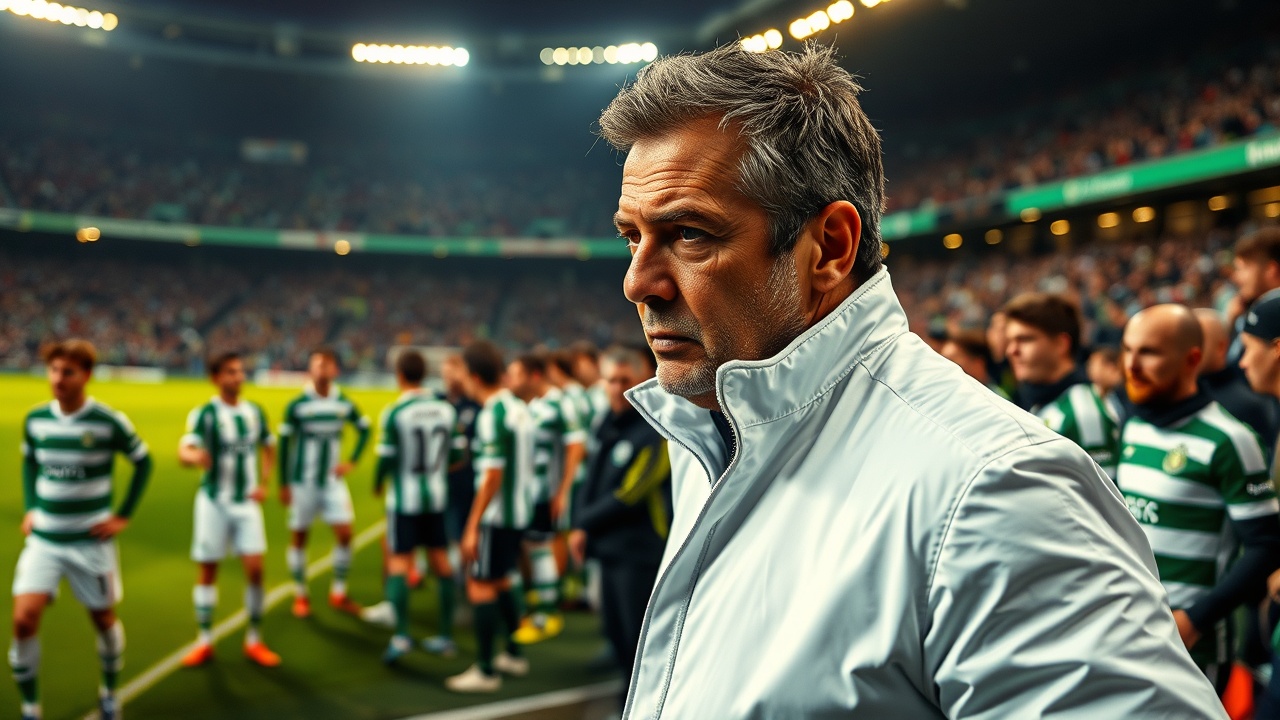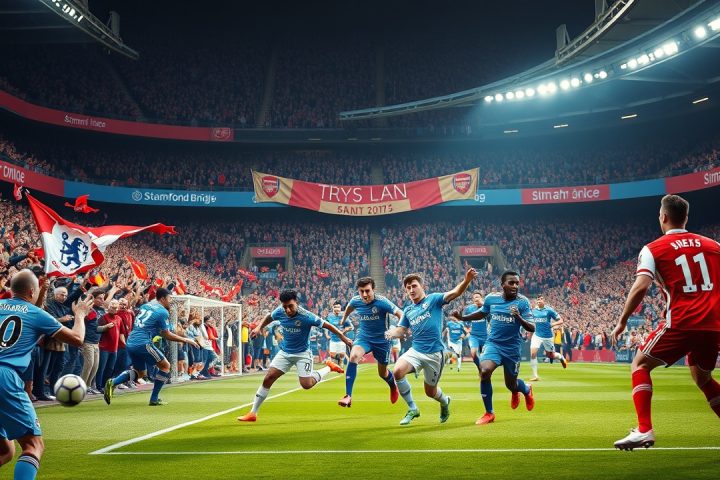Historic Clash at Windsor Park
In a captivating night at Windsor Park, the supporters of Shelbourne erupted in joyous chants of “champions of Ireland” as their players displayed an Irish tricolour. Approximately 1,300 fans were present to cheer on last year’s League of Ireland champions as they battled Linfield, the reigning champions of the Irish League, ending the match in a 1-1 draw. This result advanced Shelbourne into the next qualifying round of the UEFA Champions League with an aggregate score of 2-1.
Significance of the Match
The prospect of Shelbourne competing in July’s Champions League qualifiers marks a significant moment, as it sets the stage for ineligible encounters leading to the ultimate goal of reaching Budapest for the final next May. The historical significance of two Irish champions facing off is a delicate matter, given the longstanding division in Irish football history, which has birthed separate national teams and leagues.
Political Tensions and Match Atmosphere
This high-stakes meeting was the first between two Irish champions since 2005, when Shelbourne faced Linfield’s rival Glentoran in the same qualifying stages. A cloud of tension hovered over this match as political and social struggles in Northern Ireland made the atmosphere electric. The proximity of a contentious bonfire caused further scrutiny, causing apprehension among fans and organizers.
To maintain order, referee Andy Madley, known for officiating in England’s Premier League, was appointed for the encounter. Fans acted well throughout, marked only by some rivalry-driven chants.
However, the conclusion of the match ignited discussions about the appropriateness of Shelbourne players displaying a large Irish flag adorned with “Shels.” While experienced supporters acknowledged the flag’s symbolism, thankfully, most Linfield supporters had left the stadium by that point.
Coaches’ Perspectives
Shelbourne’s manager, the recently appointed Joey O’Brien, emphasized his team’s composure and control, noting the importance of possession in European football. Despite an atmosphere charged with implications of a historic rivalry, both he and Linfield’s coach David Healy sought to keep the focus on the success in the tournament rather than any political narrative. Each team stood to gain significantly, financially benefitting from participation in this European endeavor, receiving substantial sums for their appearances.
Looking Ahead
Last year’s match between Shamrock Rovers and Larne saw a focus on inter-league competition, albeit in a different context. Linfield, a club with immense historical pedigree, having secured 57 league titles, expected more from this encounter than their previous opponents. This was underscored by the backdrop of the historical sonorous tensions in Northern Ireland.
While the economic realities of the sport, including the ongoing transfer of young talents to larger clubs abroad, presented challenges, the quality seen on the pitch was commendable. Players like Mipo Odubeko, with rich potential, showcased their talents at the highest level of the sport, contributing to Shelbourne’s advancement in the Champions League after a lengthy absence.
As the dust settles on this matchday, next steps will see Shelbourne facing Qarabag from Azerbaijan in another qualifying round, pushing their aspirations further. Meanwhile, Linfield will shift their attention to the Conference League qualifiers, underscoring the bifurcation of the Irish leagues and the divergent paths they now pursue.
Broader Implications
On a broader note, as Rory McIlroy steps onto the greens at the British Open, symbols of unity might capture the Irish spirit, contrasting sharply with the division in football. This reality is exemplified in cities like Belfast, where sports are heavily intertwined with cultural and historical narratives.
Although Shelbourne and Linfield are set to carve their paths ahead separately, the competitive nature of the games they play continues to reflect the deeper complexities of Irish identity and history in sport.




